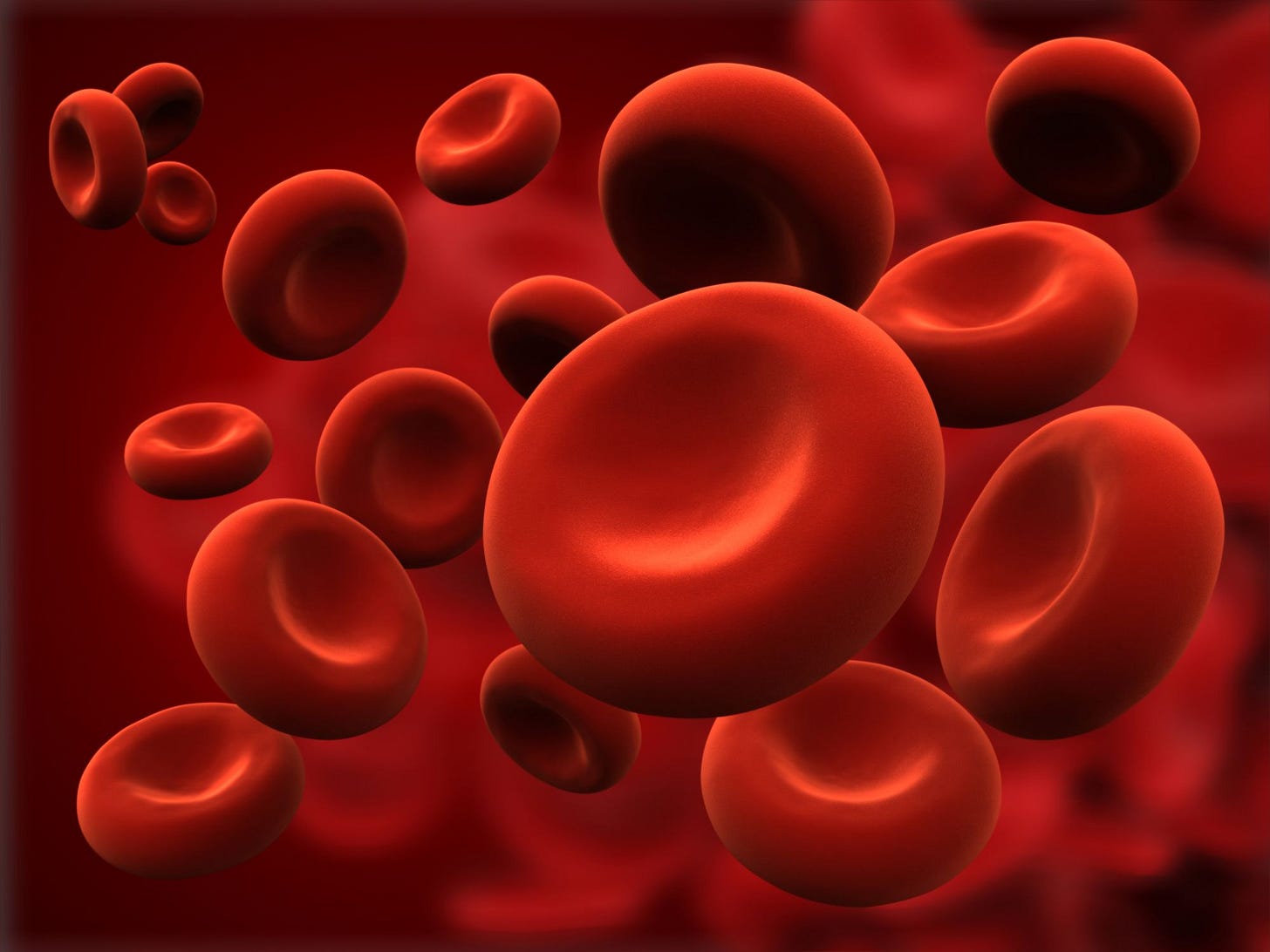My Journey with Iron Deficiency Anemia
Written by Aanya Deshpande
“I’m going to take a nap,” I always told my mother every day after school. I tried to convince myself I was often fatigued because of homework and tests at school, but I quickly found that was not the case. One day, I was sitting down in my English class, taking notes as the teacher spoke. After the period ended, I stood up and was taken aback. Black floaters started to cover my vision, my mind became foggy, and I could not move without stumbling over my feet. I honestly believed I was about to faint at the time. I stood still for about 20 seconds until my vision and head stabilized. “What was that?” I thought in shock. However, I did not say anything to anyone about what happened. Then, after I went home, I was so tired that I took another nap. This cycle of seeing floaters, getting dizzy, and napping continued for 6 months until I finally told my mother what was happening to me every day.
Once I informed my mother about all my symptoms, she immediately brought me to my pediatrician. I informed my doctor about how I was feeling tired and dizzy almost every day, and he suspected that I most likely had anemia, which is a lack of red blood cells (RBC). However, I still performed a blood test to receive a solid diagnosis. After I received my blood test results, I was officially diagnosed with iron deficiency anemia. I felt defeated and irritated. Why did I have this deficiency? I wanted to remove it, but I knew it could be long before it would get treated.
Iron deficiency anemia is due to a lack of iron. Without enough iron, the body can not produce enough hemoglobin in RBCs to carry oxygen. I have the common symptoms of anemia, including dizziness, fatigue, and headaches. However, more severe cases of anemia involve symptoms such as tongue inflammation, a rapid heartbeat, and shortness of breath. Tests for anemia usually include checking hemoglobin levels and RBC size and color. Iron deficiency anemia causes RBCs to be smaller and paler than normal. A hemoglobin test consists of a doctor pricking the index finger as a sample, and testing the blood to check its hemoglobin levels. For men, the common levels are 13.2-16.6 grams per deciliter. For women, the common levels are 11.6-15 grams per deciliter. Common treatments include taking iron vitamins with vitamin C and swallowing iron tablets on an empty stomach.
Even though having an iron deficiency is not fatal, it is difficult to live with. However, I have lived with this deficiency for over a year, and it has taught me to take care of my body. It has been a challenge since the beginning to live through the same cycle of dizziness and fatigue every day. I can now proudly say that it is still a challenge but easier to tackle. As someone who has health struggles, I could easily connect with patients who have similar problems during my shadowing experience. I want to be the person who can take the stress out of health struggles because I know they can be overcome just by a mindset. I hope to provide patients with the emotional care they need to conquer their health challenges. By understanding iron deficiency anemia, I can tackle my fatigue with my mindset, attitude, and iron supplements. My change in attitude has not only helped my deficiency but it has helped my mind and body learn how to tackle any challenges I face.
Written by Aanya Deshpande from MEDILOQUY


